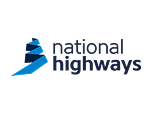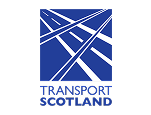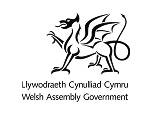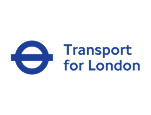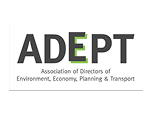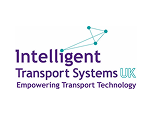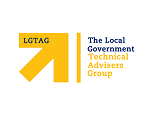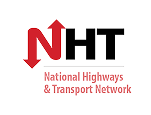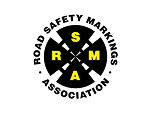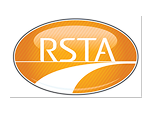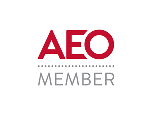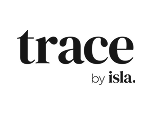Norse CEO Justin Galliford argues that the mixed economy model is ideal for highways, and partnership working can play a major part in moving the sector forward.

In the current environment, local authorities are taking a fresh look at their options when it comes to delivering highways services.
The pressure on budgets means that cost efficiency is paramount, but the expectations of road users are increasing, and there must be room for innovation.
A fairly recent development in commissioning highways services is the mixed economy approach. This allows authorities to mix and match, making use of the different delivery models to provide greater flexibility and cost effectiveness, and align each one with local demand.
There are three primary delivery models: in-house, outsourcing by tender, and public/public partnership (such as those offered by Norse Group). It seems to me that a combination of these – the mixed economy approach – can offer the best of all worlds.
Major projects are usually long-running, strategic schemes that require a high level of investment. There is often a degree of central government involvement and they require co-ordination of specialist sub-contractors. These factors mean that major projects are best outsourced to Tier One providers, who have the experience, systems and capital resources to fulfil councils' needs.
Highways design is driven by local strategic and political requirements and needs to be highly flexible and responsive to changing demand. This, I believe, makes it best suited for in-house delivery.
Which leaves maintenance. In broad terms, this involves routine road maintenance, pothole repairs, winter gritting, vehicular access work, and locally delivered schemes. This range of different services requires a high degree of flexibility to get the best results. In practical terms, this means an ability to switch resources as market demands change for example by deploying extra staff for pothole repairs when additional funding becomes available or responding to extreme weather at very short notice.
While having their own specialist elements, skills and capital resources the requirements of maintenance are not necessarily the same as those for major projects and they will have a year-on-year role to play in councils' highways operations. Maintenance requirements therefore lend themselves to being delivered under a partnering model.
Norse Highways, a partnership between Norfolk County Council and Norse Group, is a perfect example of how highways maintenance can be managed and delivered through a collaborative arrangement.
As well as financial gains, driven by cost efficiency and the ability to raise revenue by external trading, the council also benefits from having greater direct control over the maintenance activities than in a traditional outsourcing arrangement – particularly important when dealing with politically sensitive services such as pothole repairs.
I recently took part in a podcast with Dom Browne (Highways editor) in which we discussed, amongst other things, the mixed economy model, and it seems clear to me that it's an approach that all highways authorities should be considering in these challenging times.








